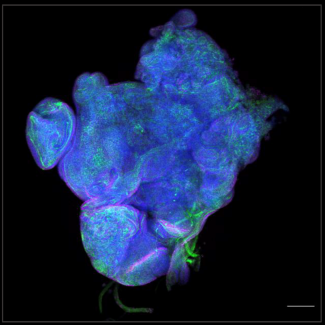
Tracking down the origin of mercury contamination in human hair
Mercury is a potent neurotoxin present in our daily lives and our body can accumulate it over the years. Food consumption, such as fish and rice, is the most common source of mercury exposure. Mercury can be found in dental amalgams, compact fluorescence lamps, vaccines, drugs, and electronics or can be used in artisanal gold mining. Finding the source of mercury contamination in our bodies is crucial for treatment and forensic investigations, but at present knowledge of the molecular form of mercury in human tissues and fluids, which could indicate source, is limited. However, an international team from the CNRS, the the Universities of Grenoble Alpes, Bordeaux and Franche-Comté, France, France, the ESRF, the European synchrotron in Grenoble, France and the University of Illinois at Chicago, US, has developed new analytical capabilities that allow the identification of chemical forms of mercury in human hair that trace exposure. These results are published in Environmental Science & Technology.
Chemical forms of mercury in human hair reveal sources of exposure, Manceau A., Enescu M., Simionovici A., Lanson M., Gonzalez-Rey M., Rovezzi M., Tucoulou R., Glatzel P., Nagy K.L., Bourdineaud J.P. Environmental Science & Technology, September 22, 2016. doi: 10.1021/acs.est.6b03468

